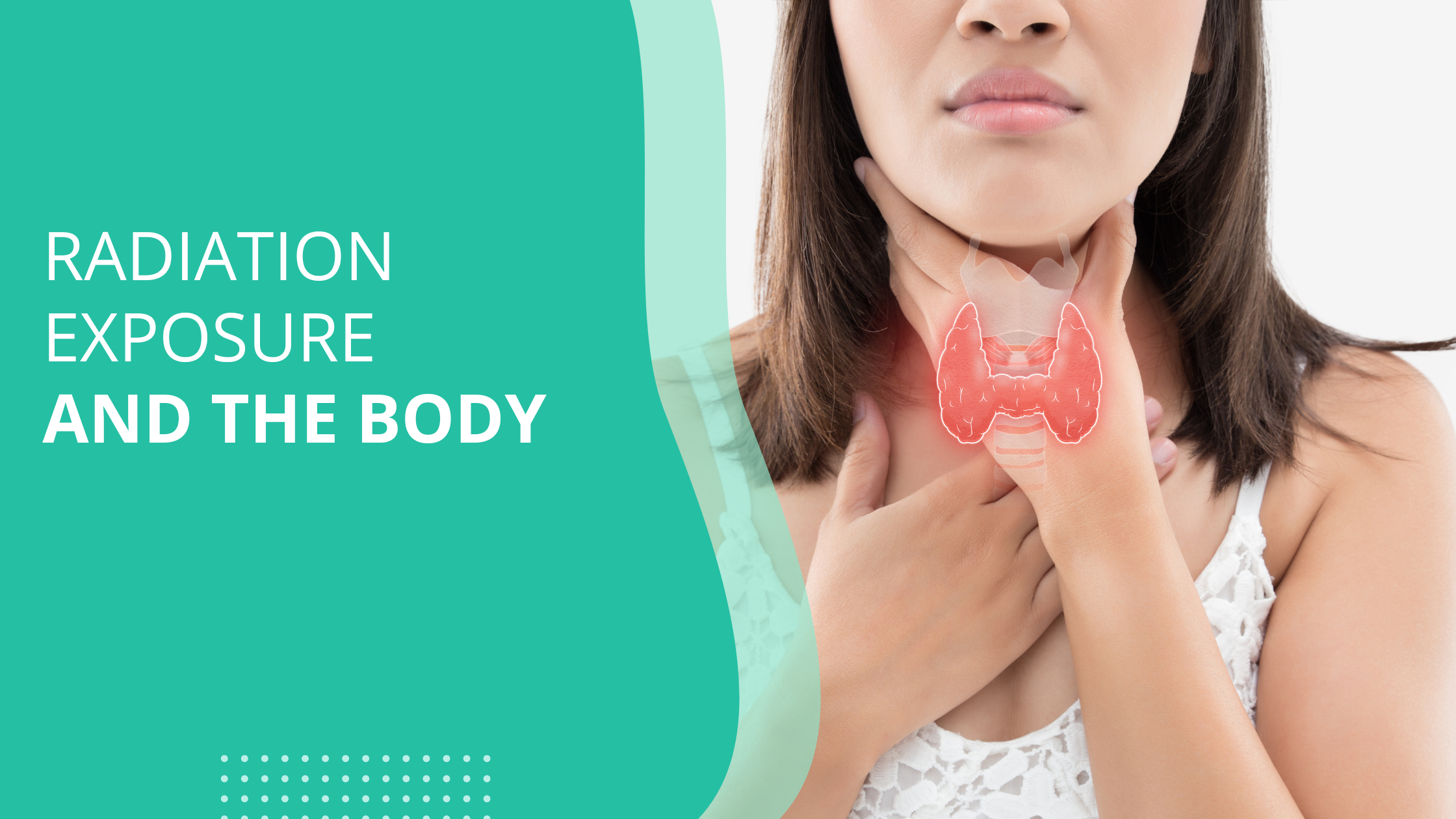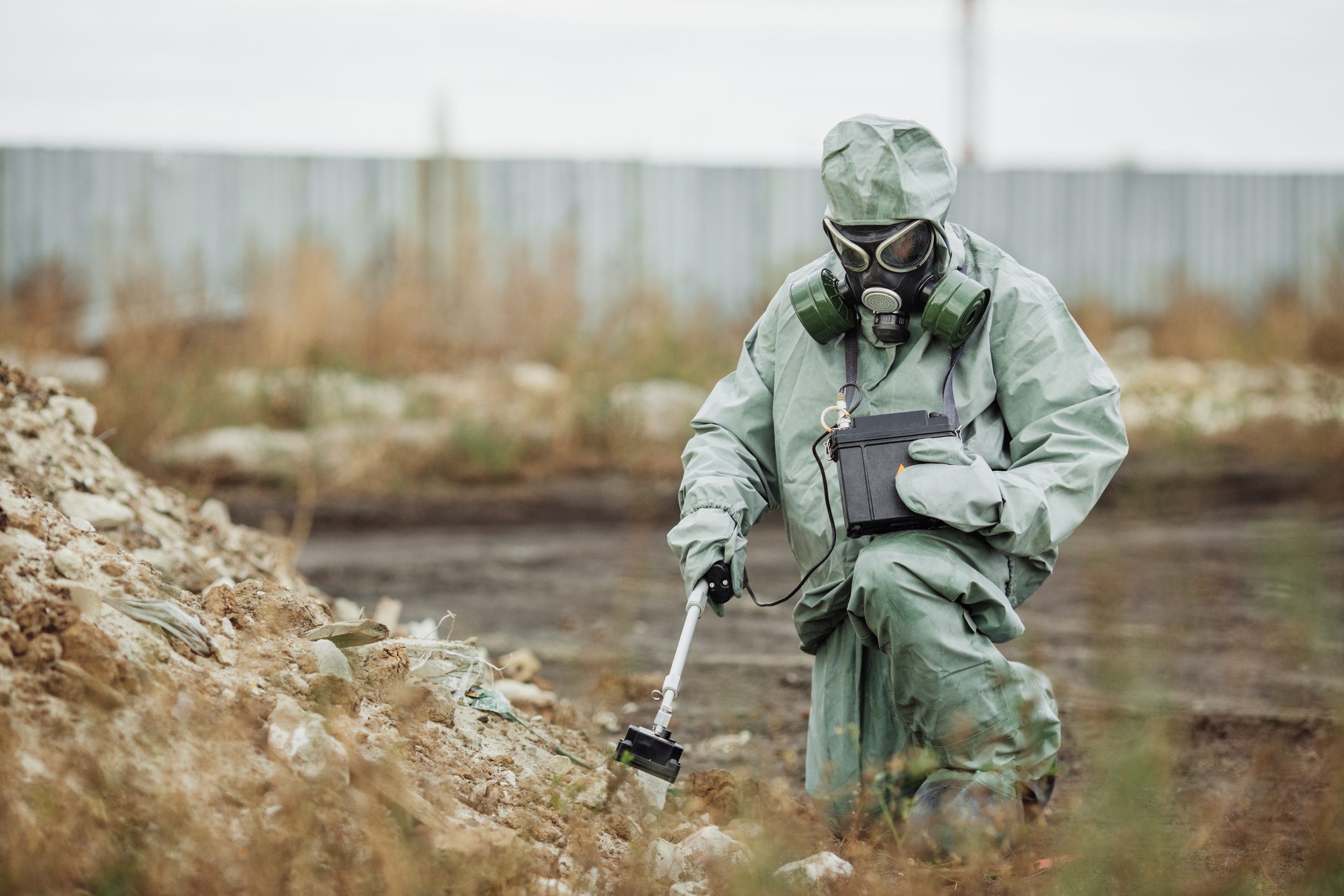
Part 3
(This is a series of posts on the health effects of different types of radioactive exposure and fallout)
Last week we discussed radioactive Iodine-131 and the health effects exposure has on the body, especially the thyroid. This week we will be looking at other radioactive isotopes that are just as dangerous as iodine-131. Initially the focus was on only two other isotopes, however Plutonium and radioactive cobalt have been added.
Preventing exposure
It is much more desirable to prevent exposure to radioactive materials and fallout than to have to deal with the health effects of radiation exposure. (See part one of this series) Some medical procedures utilize radioactive isotopes, such as Cesium 137 in micro doses- doses small enough to not cause damage to the body but can help diagnose a health condition.
You are much more likely to receive radioactive contamination from nuclear accidents such as in the case of Chernobyl and Fukushima disasters, however there is still a chance of radioactive exposure during an atomic bomb from fallout. Cesium-137, along with iodine-131, and strontium-90, were released into the environment and atmosphere during nearly all nuclear weapon tests held in the 1950s and 1960s and the Chernobyl and the Fukushima Daiichi disasters.
Biological half – life definition
The biological half-life is the length of time it takes for half of the radioactive atoms of a specific radionuclide to decay. A good rule of thumb is that, after seven half-lives, you will have less than one percent of the original amount of radiation. This is useful to know when dealing with different forms of radiation and its health effects. For instance, cesium 137 has a biological half-life of 70 days and Iodine-131 has a significantly shorter half-life of 8 days.
The thyroid gland isn’t the only organ affected by radiation
There are literally hundreds of radioactive isotopes, and each one carries with it the risk of organ damage. For example, Plutonium is widely used in nuclear reactors and found in nuclear waste sites. The half-life of Plutonium is 24,000 years. When ingested. it settles in bone and liver, where it emits harmful alpha radiation. Inhalation of Plutonium is much more dangerous. Once inhaled, the radioactive particles can kill and scar lung tissue, leading to cancer and other lung diseases. It accumulates in bones and liver, where it continues to emit radiation – its half-life is 24,000 years. Plutonium poisoning can be treated with DTPA ,an injectable prescription.
Another commonly encountered radioactive isotope is Caesium-137(Cesium -137) This isotope contaminated the ground and leaked into groundwater during the Chernobyl accident and Fukushima Daichi disaster.Caesium-137 reacts with water, producing a water-soluble compound (caesium hydroxide). The biological behavior of caesium is similar to potassium. After entering the body, caesium gets uniformly distributed throughout the body, with the highest concentrations in soft tissue. The biological half-life of caesium is about 70 days, Caesium-137 ingestion can be treated with Prussian blue which binds to it chemically and reduces the biological half-life to 30 days.
Strontium-90 is found in the waste of nuclear reactors and was a large part of radioactive fallout contamination of the soil and groundwater following nuclear bomb testing during the 50s and 60s. Strontium-90 acts like calcium and is readily incorporated into bones and teeth, where it can cause cancers of the bone, bone marrow, and soft tissues around the bone. There is no know way to remove Strontium from the body. There has been limited success in the past using the chelating agent ADPA.
Russia’s Poseidon missile
Russia has developed a missile which has been called a “super torpedo” which can cause a 1500-foot tsunami. This alone could wipe out countless cities along the coast:
It is believed that the Poseiden missile, Russias “super torpedo” contains radioactive cobalt. It is said to be able to travel large distances underwater, before exploding and causing a nuclear tsunami that could engulf coastal cities such as New York.
Two types of cobalt – stable and radioactive
Foods, such as fish, nuts and leafy greens contain cobalt in its stable form. Radioactive cobalt is used in cancer therapy.
Radioactive cobalt, such as the type suspected to be armed on the Poseidon has serious health consequences. According to the Agency for Toxic Substances and Disease Registry:
“Radiation from radioactive cobalt can damage cells in your body if you eat, drink, breathe, or touch anything that contains radioactive cobalt.” They go on to state that radioactive cobalt accumulates in the blood, liver, and kidneys. Cobalt-60 has a half-life of 5.3 years. Succimer given orally is used to chelate cobalt from the body.
- Brooke Lounsbury
Medical Content Writer
Phytoremediation
Phytoremediation , the use of plants to decontaminate areas of radioactive contamination of soil and groundwater. It has proven highly successful. Sunflowers have proven to be powerful bio accumulators of heavy and toxic metals in the ground. After Fukushima, and Chernobyl nuclear disasters, fields of sunflowers were planted to help absorb toxic metals and radiation from the soil. The sunflowers are not edible afterwards, they have been proven to pull out strontium, cesium, nickel, lead and other heavy metals from the soil. Hemp has also been found to be a powerful phytoremediator of soil contaminated by radioactive contamination. Hemp has been consistently grown around the abandoned Chernobyl nuclear site. It has deep roots which help pull out radioactive substances in the soil.
Weekly quote
“Tough times never last, but tough people do.” Robert Schuller
Lifesaving Medications
Recent Posts
Keeping you informed and safe.
FAQ: Our most commonly asked questions about Jase
If you’re considering Jase, chances are you’ve paused and thought, “This makes sense, but I still have a few questions.”You’re not alone. Here are the most common ones we hear, answered plainly. Is this really doctor-prescribed? Yes. Every Jase order is reviewed by a...
Medical Readiness: What Really Kills First
When Disaster Strikes, It’s Not Hunger or Thirst That Takes the First Lives In every disaster zone, from hurricanes in the Caribbean to war zones in Ukraine, the pattern is the same. People worry about food and water, but it’s infection that kills first. A small wound...
Exploring Dr. William Makis’ Hybrid Orthomolecular Cancer Protocol: Focus on Ivermectin and Mebendazole/Fenbendazole
Exploring Dr. William Makis’ Hybrid Orthomolecular Cancer Protocol: Focus on Ivermectin and Mebendazole/Fenbendazole *Disclaimer: This article is for educational purposes and does not constitute medical advice. Always seek professional guidance.* In the evolving...





